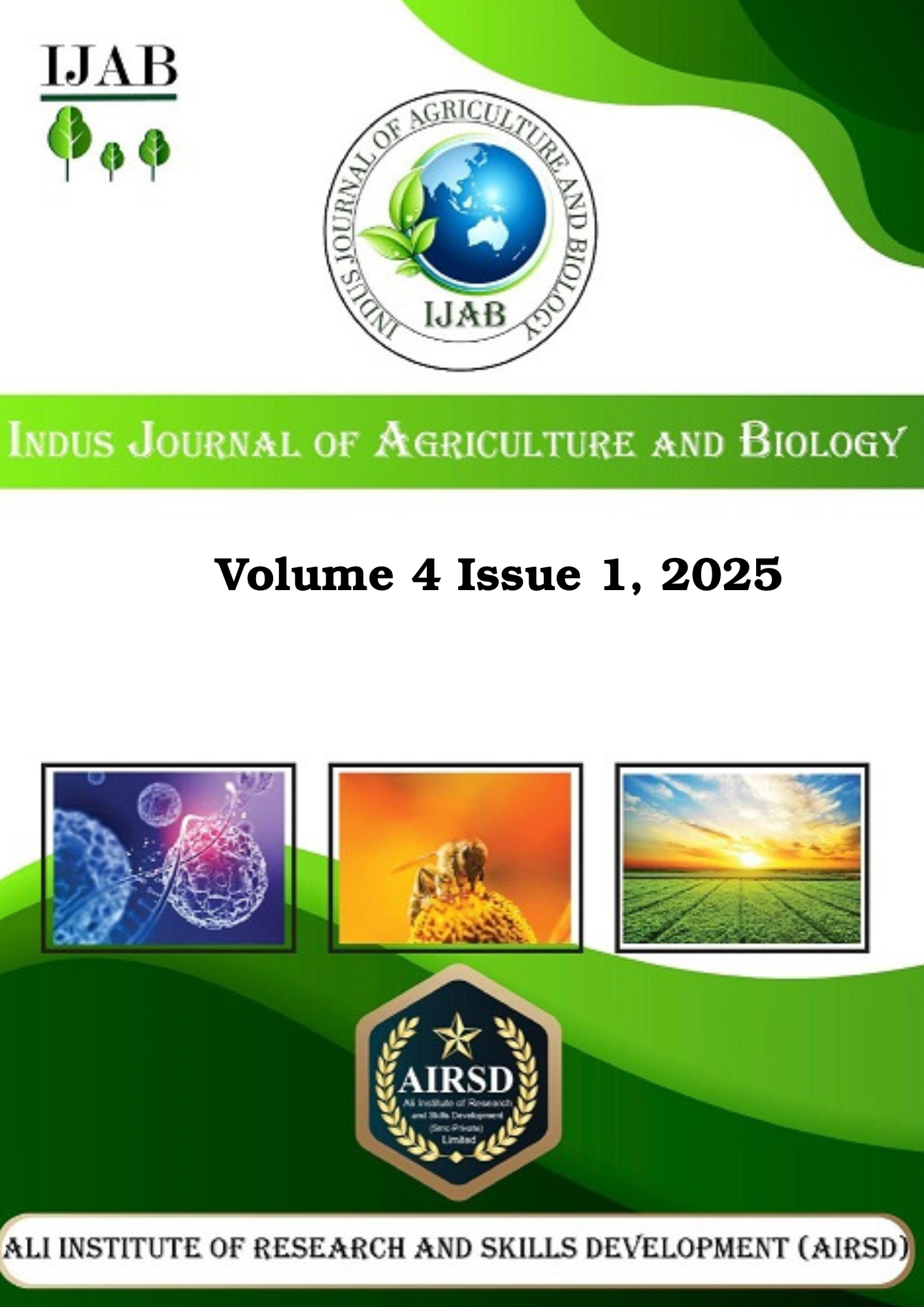Biochemical Markers for Early Detection of Liver Diseases in Dogs: A Clinical Diagnostic Approach
DOI:
https://doi.org/10.59075/ijab.v4i01.535Keywords:
Liver Disease, Dogs, Biochemical Markers, Fibrosis, Inflammation, Early DiagnosisAbstract
Early detection of liver diseases in dogs remains a significant clinical challenge due to the nonspecific nature of early clinical signs and the limitations of traditional diagnostic methods. This study aimed to evaluate the diagnostic utility of conventional and emerging biochemical markers to improve early detection and stratification of hepatic dysfunction in canine patients. A cohort of 60 dogs with varying degrees of liver impairment underwent clinical evaluation, biochemical profiling, imaging, and molecular analyses. Results demonstrated that while traditional liver enzymes—alanine aminotransferase (ALT), aspartate aminotransferase (AST), alkaline phosphatase (ALP), and total bilirubin—remain essential indicators of hepatocellular injury and cholestasis, their diagnostic sensitivity in early disease stages is limited. Novel biomarkers, including hyaluronic acid, procollagen III N-terminal peptide (PIIINP), and tissue inhibitor of metalloproteinases-1 (TIMP-1), showed a significant correlation with fibrotic progression and offered improved sensitivity in early-stage detection. The advanced stages of disease exhibited sharp elevations in inflammatory markers including C-reactive protein (CRP) and interleukin-6 (IL-6) which indicates systemic inflammation's contribution to hepatic pathology. The disease severity correlated with elevated mitochondrial damage markers malondialdehyde (MDA) and decreased glutathione peroxidase (GPx) activity level assessments. Machine learning algorithms combined with metabolomic profiling produced new potential predictive models which identify liver dysfunction through multiple biomarkers. These research outcomes suggest an urgent necessity for diagnostic strategies that integrate multiple markers along with modern molecular investigation technologies with traditional laboratory indicators. The combined diagnostic strategy shows promise to enable improved diagnostics and disease tracking and therapeutic management for dogs with liver disease which leads to better clinical results.











